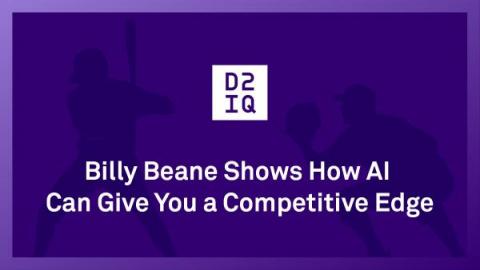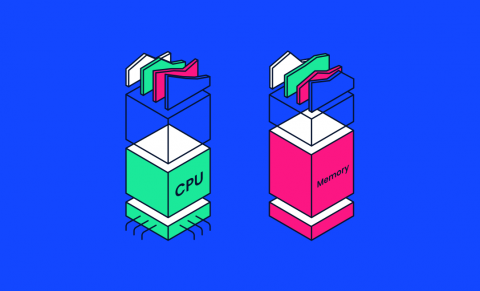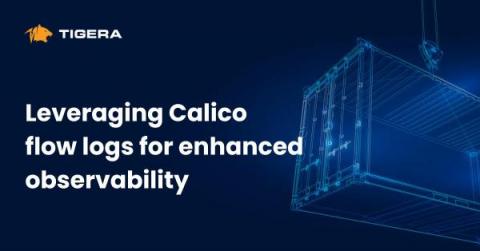Operations | Monitoring | ITSM | DevOps | Cloud
Containers
The latest News and Information on Containers, Kubernetes, Docker and related technologies.
Qovery Demo Day June 2023
How to Successfully Transition from DevOps to Platform Engineering
Are you thinking about switching from platform engineering to DevOps? You're not alone. In order to remain competitive, many organizations are making this crucial change as the world of software development and operations continues to change. This article will discuss the reasons behind the transition, what it implies, and most importantly, how your organization may successfully manage the change.
Q2 2023 Product Retrospective - Last Quarter's Top Features
Billy Beane Shows How AI Can Give You a Competitive Edge
As general manager of the Oakland Athletics, Billy Beane applied statistical analysis (also known as sabermetrics) to the evaluation of baseball players, which enabled the team to excel in the 2020 season. Beane was the subject of Michael Lewis’s book “Moneyball,” which was made into a movie starring Brad Pitt as Beane.
What's New in Sysdig - May and June 2023
This month, Sysdig has released Process Tree which enriches the Events feed for workload-based events. This helps with identifying all the processes that led up to the offending process. This is in technical preview status. Sysdig has also released Sysdig Secure Live.
Beyond SaaS: Multi-cluster Kubernetes Management for Regulated Industries and Sovereign Clouds
VMware Tanzu Mission Control is a centralized hub for simplified, multi-cloud, multi-cluster Kubernetes management. It helps platform teams take control of their Kubernetes clusters with visibility across environments by allowing users to group clusters and perform operations, such as applying policies, on these groupings.
GitOps the Planet #14: Building Open Source Communities with Itay Shakury
How to Handle Kubernetes Resource Quotas
A containerized approach to software deployment means you can deploy at scale without having to worry about the configuration of each unit. In Kubernetes, clusters do the heavy lifting for you—they’re the pooled resources that run the pods that hold your individual containers. You can divide each cluster by namespace, which allows you to assign nodes (ie the machine resources in a cluster) to different roles or different teams. Resource quotas limit what each namespace can use.
Leveraging Calico flow logs for enhanced observability
In my previous blog post, I discussed how transitioning from legacy monolithic applications to microservices based applications running on Kubernetes brings a range of benefits, but that it also increases the application’s attack surface. I zoomed in on creating security policies to harden the distributed microservice application, but another key challenge this transition brings is observing and monitoring the workload communication and known and unknown security gaps.











